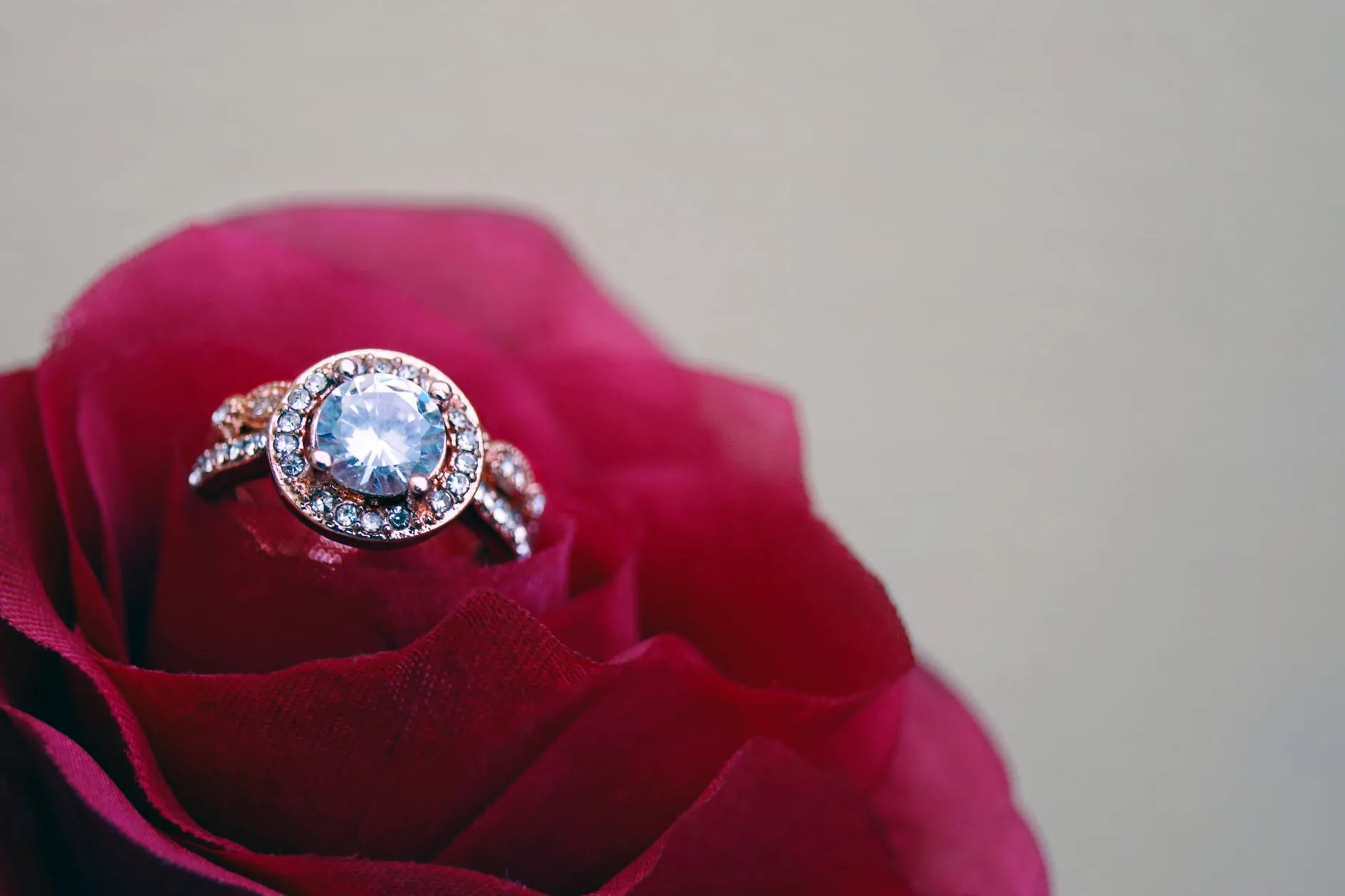
Table of Contents
As Jewelry Shopping Guide editors, we write about things that we love and we think you’ll like too. We often have affiliate partnerships, and may generate some revenue from these links at no cost to you.
Choosing a diamond is a daunting and often overwhelming task, especially if you are relatively new to the whole process.
It’s easy to say “Just look at the 4Cs” but once you start researching all the different metrics, grades, statistics, and factors, it can be tempting to toss your hands in the air and buy whatever the vendor suggests.
In this article, we’re going to take a look at just one of the criteria: clarity.
So, to help bring clarity to the situation, let’s take a brief look at diamond clarity, what it is, and how important it is in relation to a diamond’s quality and price.
What Is Diamond Clarity?
Diamond clarity is just what it sounds like – it’s a qualitative metric that indicates how clear a diamond is.
Diamond clarity is independent of the stone’s cut, shape, carat, or other such grades and instead focuses on how transparent the stone is and whether the stone has any internal inclusions and blemishes. A diamond that’s 100% clear of any such inclusions will be graded as a stone with a high diamond clarity and a stone with a lot of noticeable blemishes and inclusions will be on the other end of the scale.
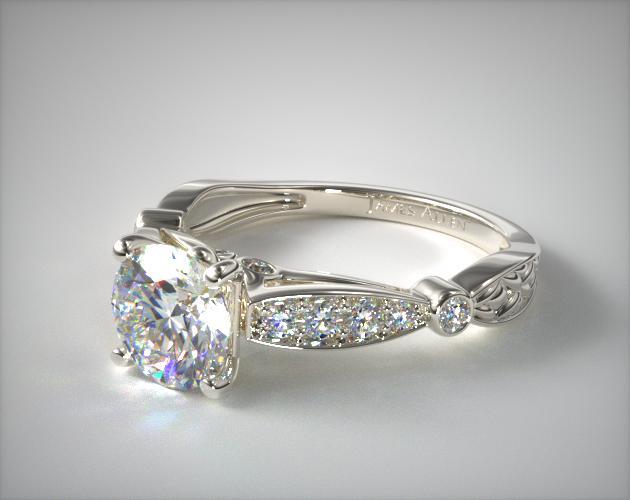
A natural diamond takes more than a billion years to form, is subjected to temperatures of up to 2,200 degrees Fahrenheit and is pressed with anywhere between 650,000 psi to 850,000 psi of pressure. That’s why a great many diamonds don’t make it to jewelry stores and are used for various different industrial purposes. Given that diamonds are typically formed in the depths of the Earth’s mantle, under extreme pressure and heat, it is little wonder that most stones have at least a few inclusions and blemishes in them.
Even a stone with a high clarity grade will have some microscopic inclusions within it.
Fun fact – the natural inclusions within a diamond is one main tell-tale difference between a mined and a synthetic diamond.
How to Grade Diamond Clarity
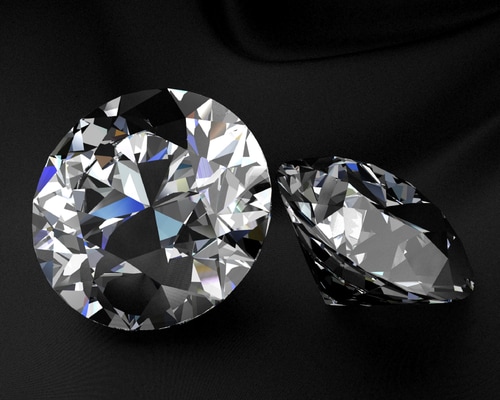
Before we go any further, let’s get some terms out of the way and see how exactly diamond clarity is graded.
As you likely know, there are quite a lot of gemological institutes across the globe, with some of the more famous ones being the GIA (Gemological Institute of America), the AGS (American Gem Society), the IGI (International Gemological Institute), the EGL (European Gemological Laboratory), and the HRD (Hoge Raad voor Diamant).
Depending on which gemological institute is grading the stone there might be a few variations in the grading system, but the basics are usually the same for most:
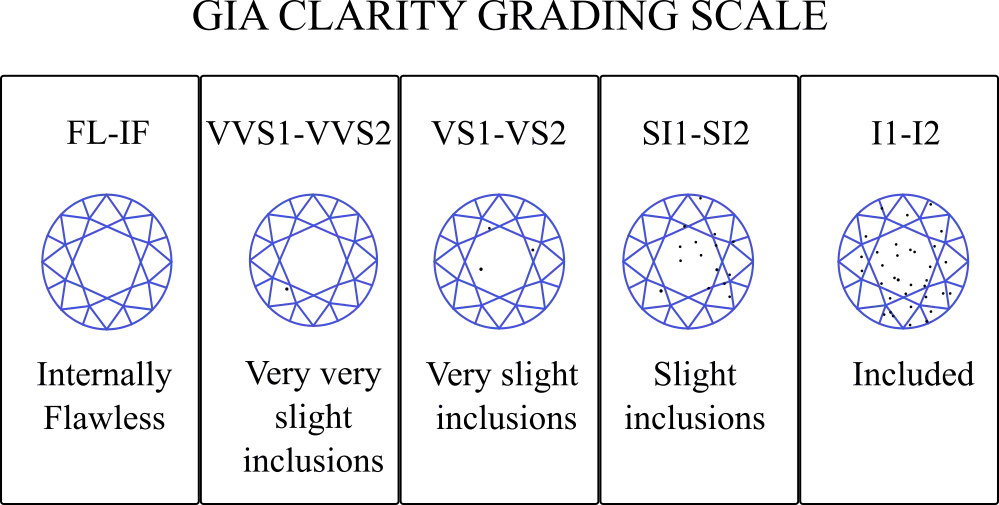
- IF – Internally flawless. This is the highest clarity grade a diamond can get and it means that the stone is 100% devoid of any blemishes and inclusions even when viewed under x10 magnification.
- FL – Flawless. Some institutes combine these two grades as they are nearly identical, however, others grade Internally flawless diamonds slightly higher than flawless ones. Nevertheless, both grades are essentially devoid of any noticeable blemishes and inclusions, even when viewed under x10 magnification.
- VVS – Very Very Slightly Included. This grade can come in two separate degrees in some gemological institutes – VVS1 and VVS2 – while others combine them as just VVS diamonds. VVS1 is slightly clearer and higher on the scale than VVS2 but both grades are described as “Sometimes exhibiting small inclusions that are barely visible under x10 magnification”. Needless to say, just like flawless and internally flawless diamonds, VVS stones are essentially completely clear to the naked eye.
- VS – Very Slightly Included. Again, some gemological institutes recognize two variants of this grade – VS1 and VS2 with VS1 being higher on the scale than VS2. Nevertheless, VS diamonds also have inclusions and blemishes that require x10 magnification to be noticed but are a bit easier to spot than those in VVS stones. The difference between a VVS diamond and a VS diamond is that where a VVS stone can take a couple of minutes of examination under x10 magnification to locate its inclusions, a VS stone usually needs seconds. Still, sometimes even a VS2 diamond will be essentially clear to the naked eye although it may very well not be either.
- SI – Slightly Included. Again, this grade is often separated into SI1 and SI2. Both of these grades have inclusions and blemishes that are very easy to spot under x10 magnification and are usually noticeable to the naked eye as well.
- I1 – Included. I1 inclusion diamonds are almost always visible to the naked eye and even the perfect brilliant cut can’t hide them.
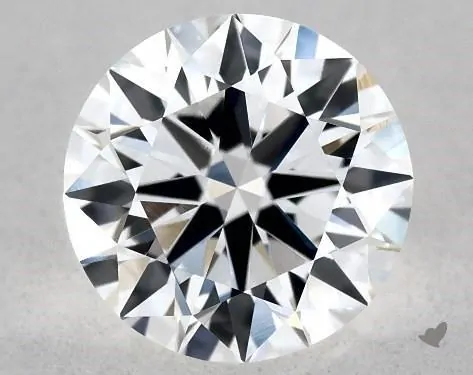
We should point out, however, that these diamond clarity grades mostly take into account the number and the size of the inclusions above all else. In doing so, these grades usually leave out the different colors of these inclusions, as well as their locations within the stone.
The fact of the matter is that a colorless inclusion that’s hidden by the pavilion of the stone is much less noticeable to the naked eye than a dark inclusion that’s right in the center of the diamond.
As diamond grades don’t account for these differences you can sometimes find SI2 stones that are clearer to the eye than VS2 stones while still being cheaper.
Importance of Diamond Clarity
It should be obvious by now why clarity is one of the 4Cs of the diamond industry. The whole reason we buy diamond jewelry is that we want a brilliant and clear piece that captivates us with its beauty. A diamond with noticeable inclusions can be much less effective in achieving that goal than a clear VVS, FL, or IF stone as it hinders light performance and shows up as unsightly on the surface of the stone.
But:
Something that retail stores don’t want you to know is that a diamond higher up on the clarity scale is not necessarily a good buy.
If you want a stone that looks beautiful and spotless to the naked eye, then even a good SI stone can achieve that goal just as well as a higher-graded one.

But aren’t low-grade clarity diamonds to be avoided like the plague?
That’s what jewelers would like you to believe but in reality, what matters is not the grade of the stone so much as how it actually looks when viewed with the naked eye.
Keep in mind that a good jeweler can expertly work around a stone’s inclusions and blemishes and mount it on your piece of jewelry in such a way that all its imperfections remain completely hidden.
How to Save Money When Choosing Your Diamond’s Clarity?
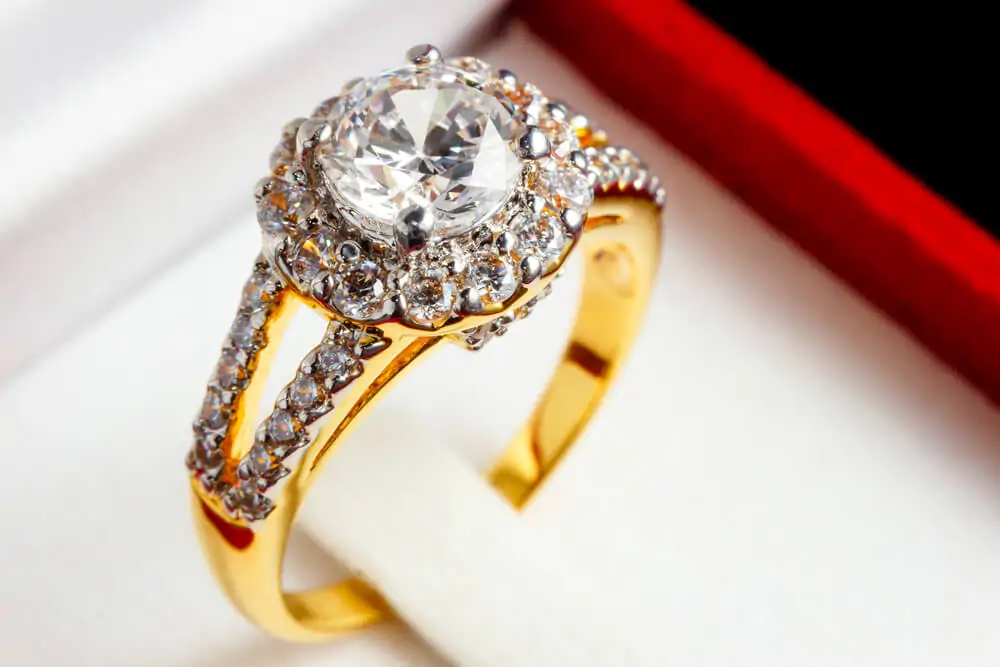
The budget-saving potential here should be easy to spot – by choosing a diamond with a lower diamond clarity grade you can save a whole lot of money. As long as you make sure that whatever inclusions the stone has are colorless, hard to notice, and easy to hide by a good jeweler, you can get a gorgeous-looking stone at an affordable price.
For example, take a look at this 0.90-carat SI1 diamond. It does indeed have noticeable inclusions when you observe it carefully with the naked eye but these are located in such a way that they can remain unnoticed (remember that you’re viewing it magnified 20x and in its natural size). Now compare it to this 0.90-carat VS2 diamond which, despite costing nearly $1000 more, has equally noticeable inclusions and blemishes.
Examples such as these easily show how important it is to carefully examine as many stones as you can before making your choice. They are also a great argument for shopping in stores that provide high-quality video and images, such as James Allen and Blue Nile, as these allow you to carefully view the stone from all angles.
This gives you the freedom to carefully examine as many stones as you want with little to no risk. Don’t run the risk of having to rely on lower-quality images which gives you much less freedom to calculate your choice.
Alternatively, you can also visit a physical store if you can. However, then you should be prepared to spend quite a bit of time carefully looking at their inventory to find the perfect balance between clarity grade and actual visual clarity, while often having to drown out the noise of pushy salespeople.
How Diamond Clarity Relates to Jewelry Type
Another thing to note is how clarity relates to the type or style of jewelry that you buy. Certain types of jewelry require higher diamond clarity.
Diamond Rings – For diamond rings, especially diamond engagement rings, clarity grading is an important consideration. People tend to hold up engagement rings close to their eyes to view them properly and they attract a lot of attention.
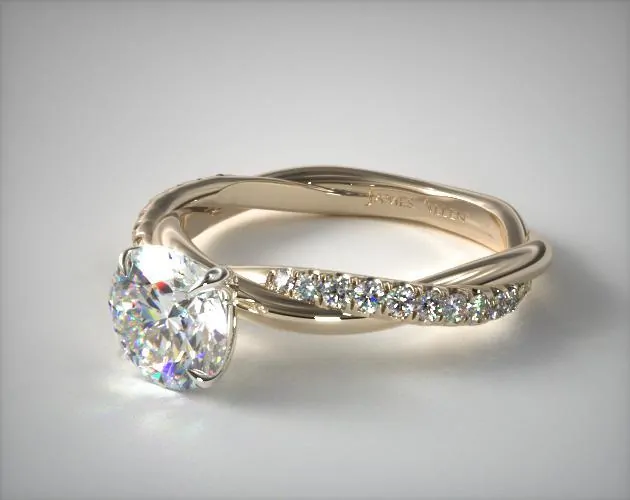
What this means is that if there are visible inclusions in your diamond, they will be… visible. In this case, consider the clarity grade carefully and go only as far down as you can without compromising the beauty or the light performance of the stone.
Diamond Studs – A staple type of diamond jewelry, diamond studs are perfect for daily wear and go with just about any outfit. The good news is that no one really sticks their faces up close to your ears to examine your diamond studs. So you don’t really have to stress about inclusions.
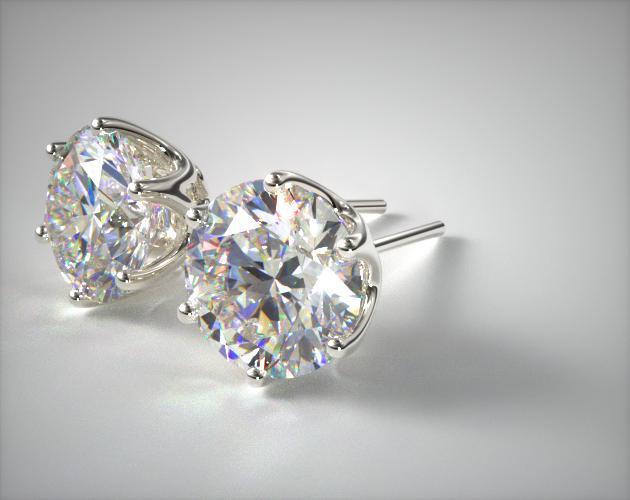
As long as the studs have good light performance and look beautiful, we wouldn’t worry too much about the clarity grade.
Diamond Tennis Bracelets – These are another staple for most jewelry collections. Again, no one really tends to look too closely at diamond tennis bracelets and because the diamonds are generally small, you won’t have to worry about the clarity grade too much.
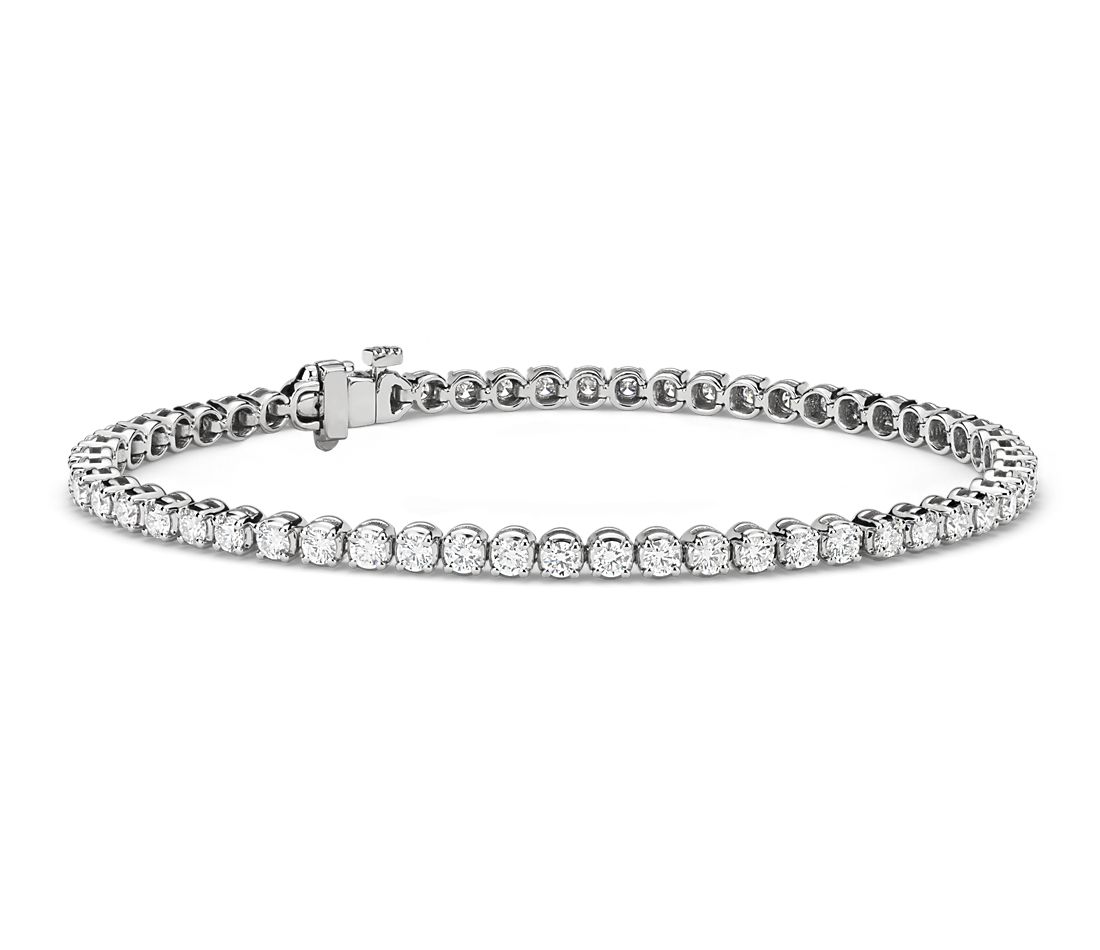
The main point to consider is whether the diamonds are uniform in color, size, and overall appearance.
Diamond Pendants – There are many types of diamond pendants available, but the most popular is the diamond solitaire pendant.
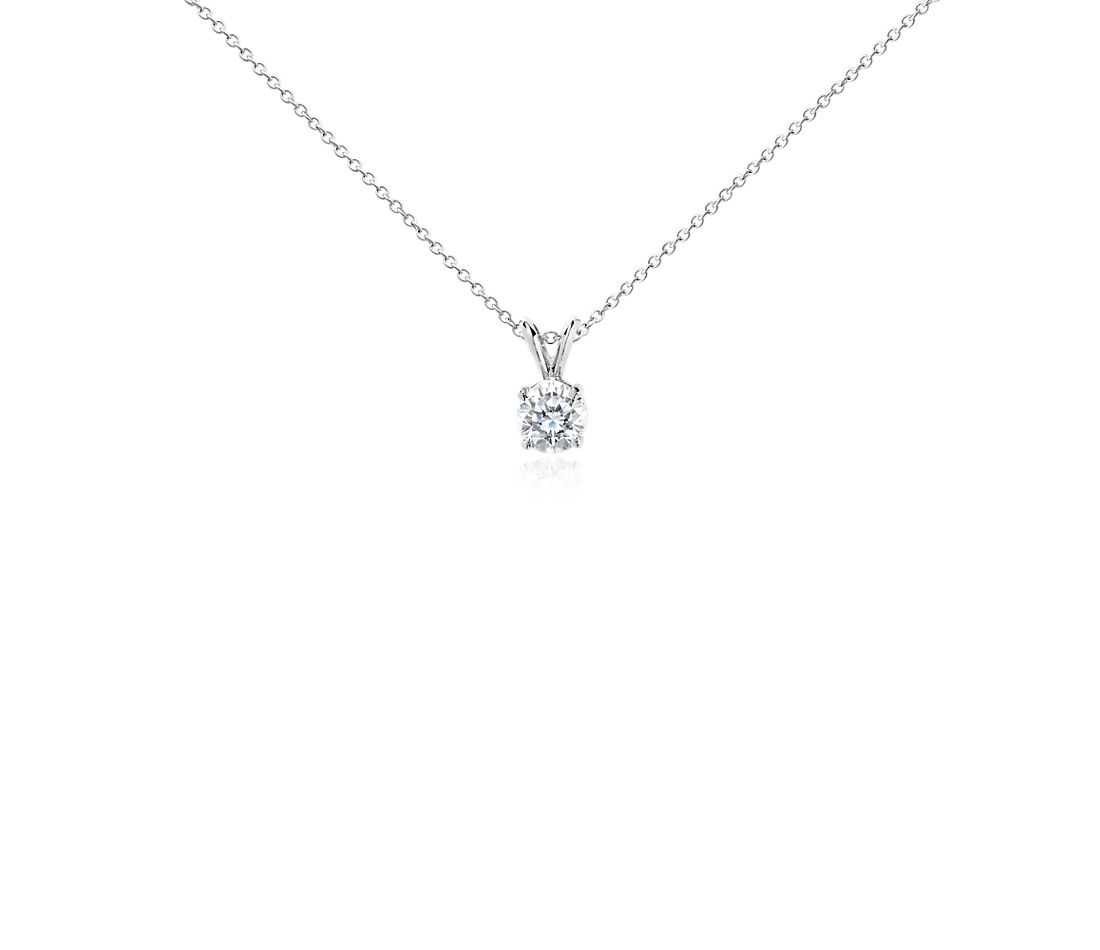
The same argument that applies to diamond stud earrings applies here. They’re below eye level and it’s not normal for the average person to reach over and look at a diamond pendant… they would just be too close for comfort.
Online Stores We Recommend for Diamonds
A diamond is a big purchase and not one to be undertaken lightly. By taking your search online, you’ll be able to access competitive prices and have a wide range of options to source from.
However, it is imperative to choose a trustworthy and reliable vendor, known for the quality of their products and services. We recommend the following retailers when it comes to shopping for a diamond online:
James Allen
James Allen allows you to view each diamond carefully from all angles using its ground-breaking Diamond Display Technology. They also have Diamond Experts on hand to help you through the process.
Blue Nile
Blue Nile has the largest online inventory of diamonds at competitive prices. They’re known for their quality and great customer service.
Brian Gavin
Brian Gavin’s diamonds are famous for their cut quality and for their continuous innovation in perfecting their cut quality. Their Black and Blue Collections feature some of the very best diamonds. See their range here.
Whiteflash
Whiteflash is known for having some of the best diamonds in the world with innovative cut specifications. While their diamonds come at a premium, they are significantly less expensive than big-brand diamonds of comparable quality.
Wrapping Up
Diamond clarity is one of the more flexible but still vital Cs in the diamond industry – through a careful and extensive screening process, you can find diamonds of lower clarity grades that are about as clear and beautiful to the naked eye as higher-grade stones.
However, compromising too much with the diamond clarity can still be a bad choice, as a stone with many, big, and colorful inclusions or blemishes will have its clarity, appearance, and sparkle significantly tarnished.









